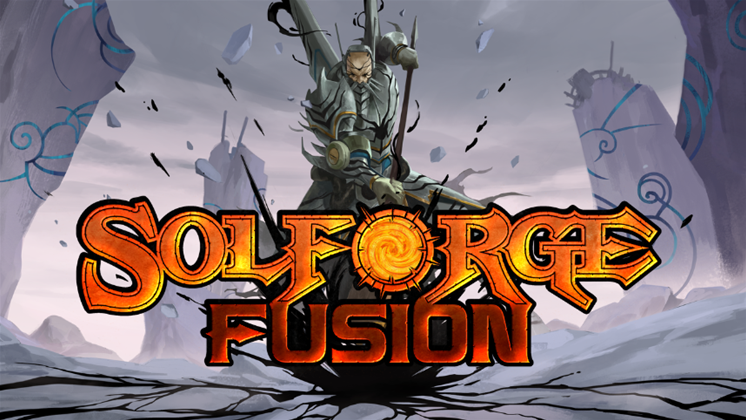SolForge Fusion is ready to launch into Web3, despite potential player push-back and allow gamers to mint their own algorithmically generated decks into tradeable digital assets and earn more through rare unlocks.

Strategy game publisher and developer Stone Blade Entertainment has worked with Web3 players to release the game alongside investors and advisors including Animoca Brands, Solana Foundation, and MatrixPort.
The game was created by ‘Magic: The Gathering’ creator Richard Garfield and Justin Gary, designer of ‘Ascension’ Deckbuilding Game, CEO of Stone Blade Entertainment and co-creator of SolForge Fusion.
The company said the token and NFT launch will see the release of specialty decks and weekly drops plus gamers will be able to turn decks into digital assets.
Set for an early June 2024 release date, the new token, titled SFG, is set to be airdropped for free to participating players in the early access game and its discord community.
The token can also be earned via tournaments, gameplay and community events plus used to purchase in-game cosmetics items, packs, digital assets and to mint existing decks.
Both the algorithmically generated and printed half-decks can be merged to produce strategies, according to the company.
Each physical deck comes with a QR code that can be scanned into the player’s online collection and used to sign up for tournaments and other community events.
However, despite the new capabilities some players have already expressed concerns about Web3 and the NFT concept with one Steam review calling the move “completely blindsiding”.
With the Web3 functionality soon to be accessible in the coming months Gary explained how the game intends to convert hesitant players.
“The keys to winning over players are to show direct value,” Gary told Digital Nation.
“This comes first from great gameplay. Players can try the demo for free on Steam today. The second comes from showing players the real utility of Web3.
“In addition to trading and selling decks, over the long term, we plan to use Web3 to give more transparency and control to the community, letting them feel a sense of ownership not just over their digital objects, but over the future of the game,” Gary said.
He clarified there are a few reasons why traditional gamers haven’t embraced the emerging technology, with the first reason cited as “that many initial implementations of Web3 games were more about making money and tokenomics than they were about fun.”
“Other industries like finance have a clear value proposition for why Web 3 makes things better.
“Early Web3 games didn’t make this value clear to gamers, so the only thing they saw were scams and cash grabs,” Gary said.
Gary said “SolForge Fusion is a fun game first and foremost” and has been built with “decades of experience” between himself and Garfield when creating “these kinds of games”.
“We have a few principles as well that help separate us from the pack of Web3 games.
“First, we are a hybrid game, which means you can play the game physically or digitally.
“Collectible card game players are already used to the idea of being able to trade or sell your cards, and you can do that today with SolForge Fusion.”
Web3 “is just another tool” players can utilise as they trade and sell the digital versions of their SolForge Fusion decks, just like they can with the physical cards, Gary added.
“Second, we are making the Web3 entirely opt-in. Players who aren’t interested in trading or selling their digital decks can continue to play the same game without any changes”.
He said every new platform or business model provides new opportunities for great games.
“My philosophy on game economies is simple: players should have so much fun and joy from a gaming experience that paying for a game feels like a no-brainer.
“The key is to find the right match between business model and game. Free-to-play games, subscription games, collectible games, and mobile games all need to be designed in a way that feels integrated into the business model.
Gary believes this is true for Web3 as “SolForge Fusion is aiming to be at the forefront of taking the best of the tabletop collectible games space and bringing it into the future for Web3.”










 iTnews Executive Retreat - Security Leaders Edition
iTnews Executive Retreat - Security Leaders Edition












_(1).jpg&h=140&w=231&c=1&s=0)



